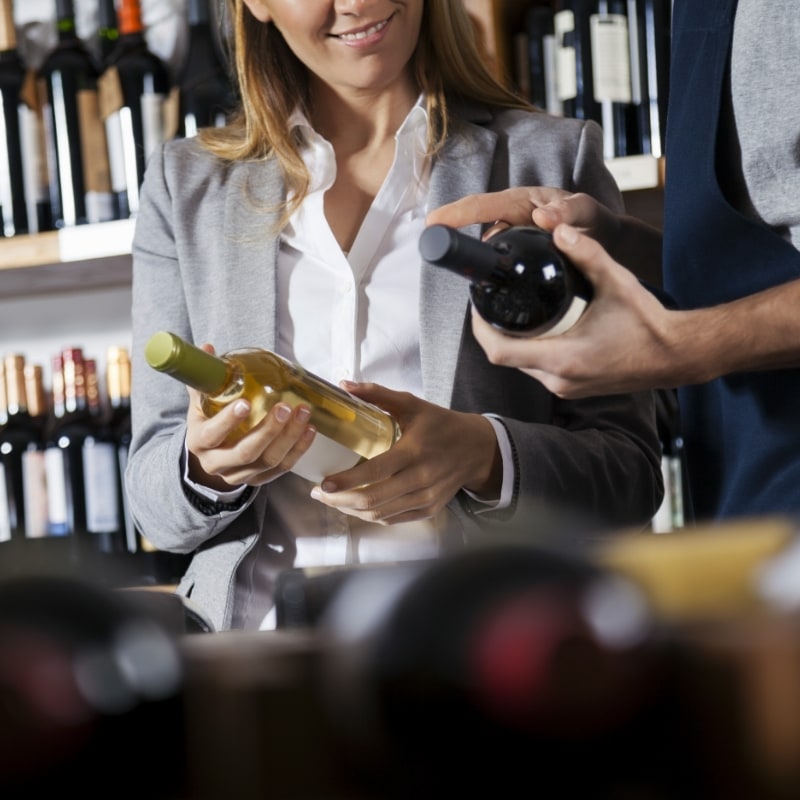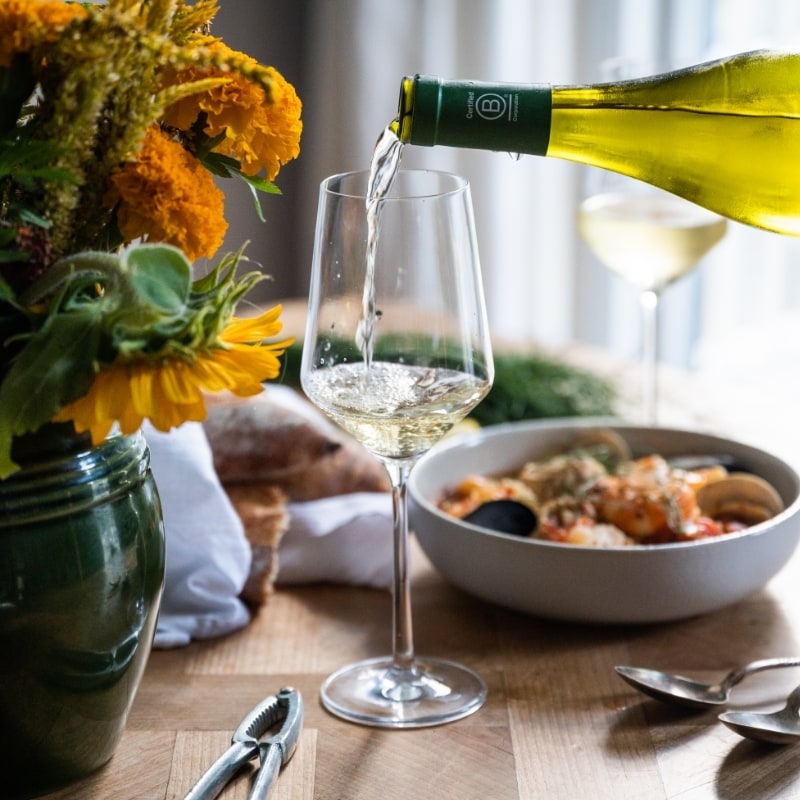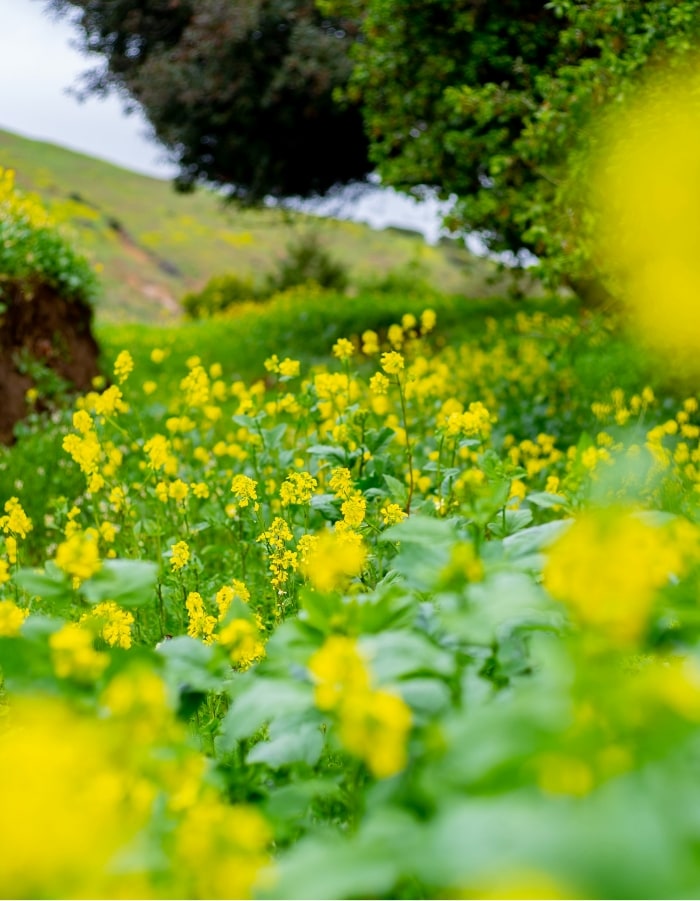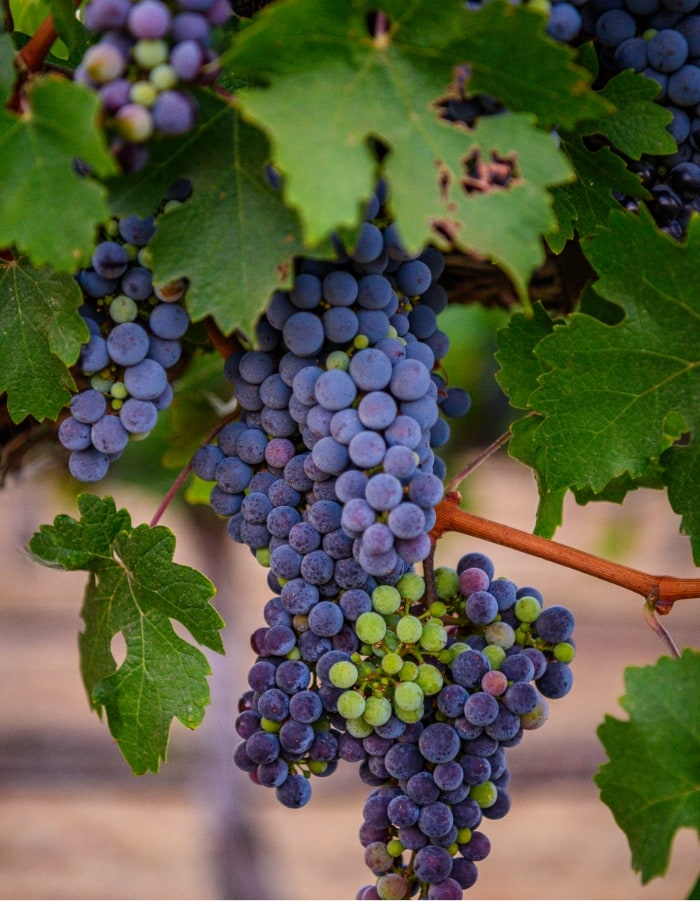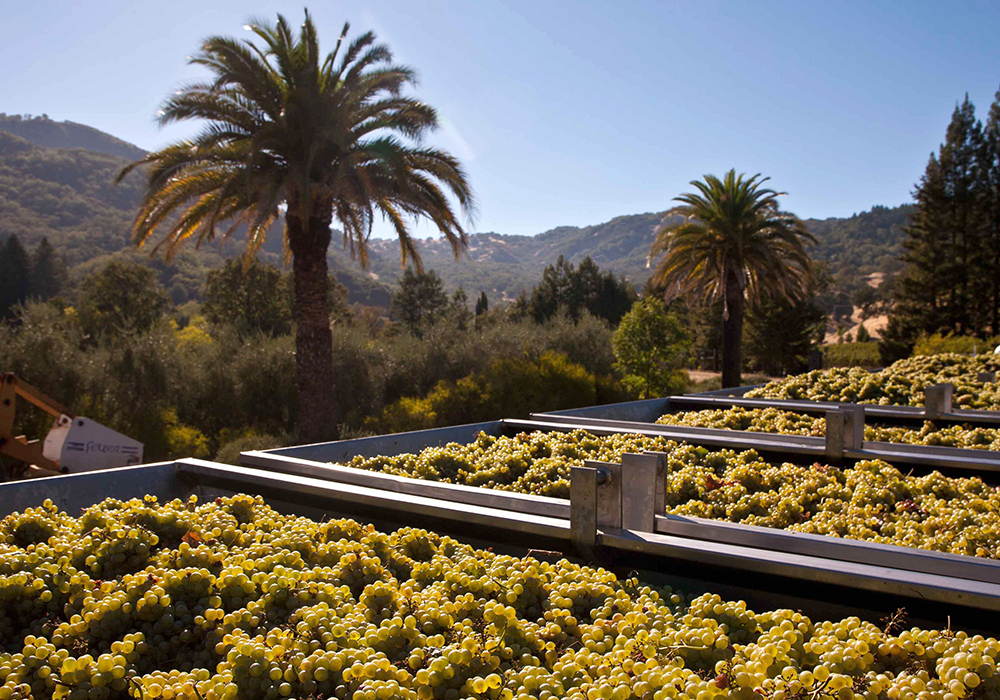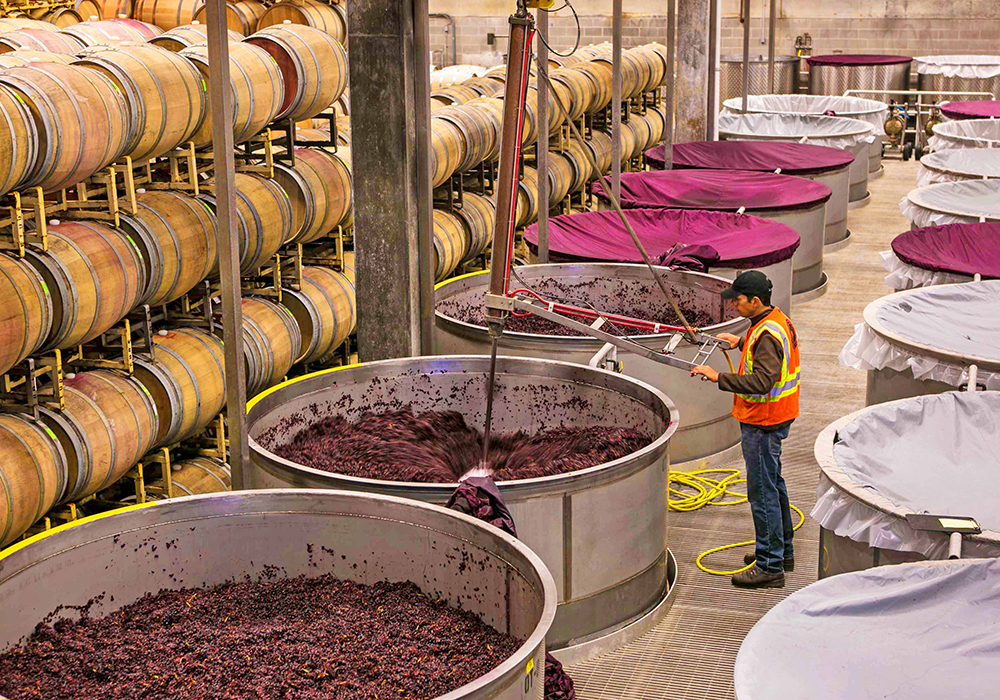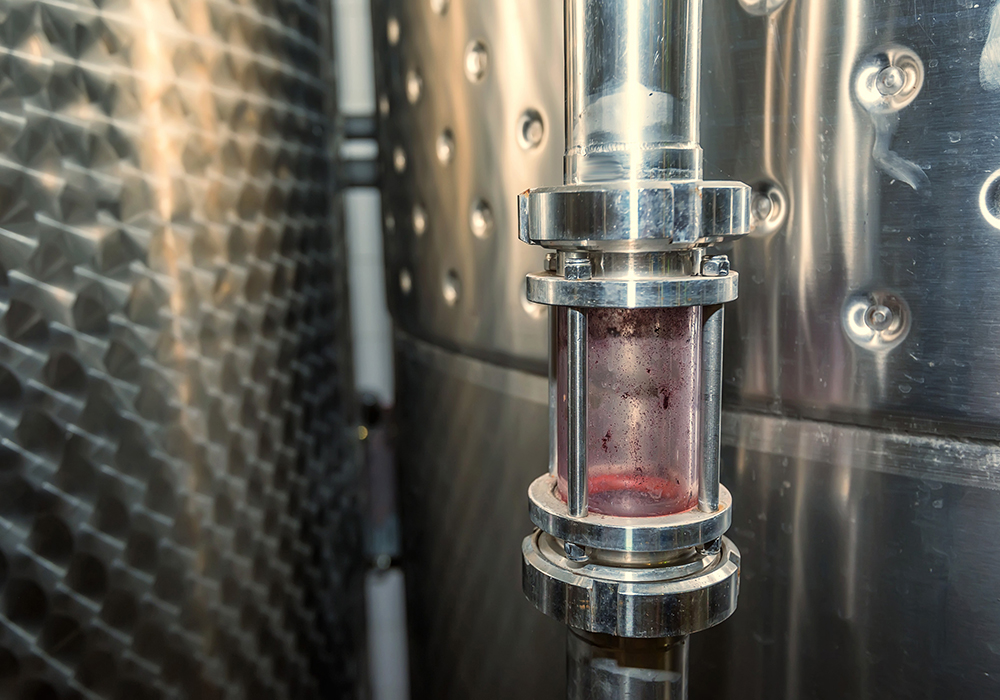Wine 101
There are over 100 grape varieties grown in California, from Zinfandel to Chardonnay to Pinot Noir. Here you will find comprehensive profiles on these grape varieties: how and where they are grown, what happens at the winery and what to expect from the finished wines.


